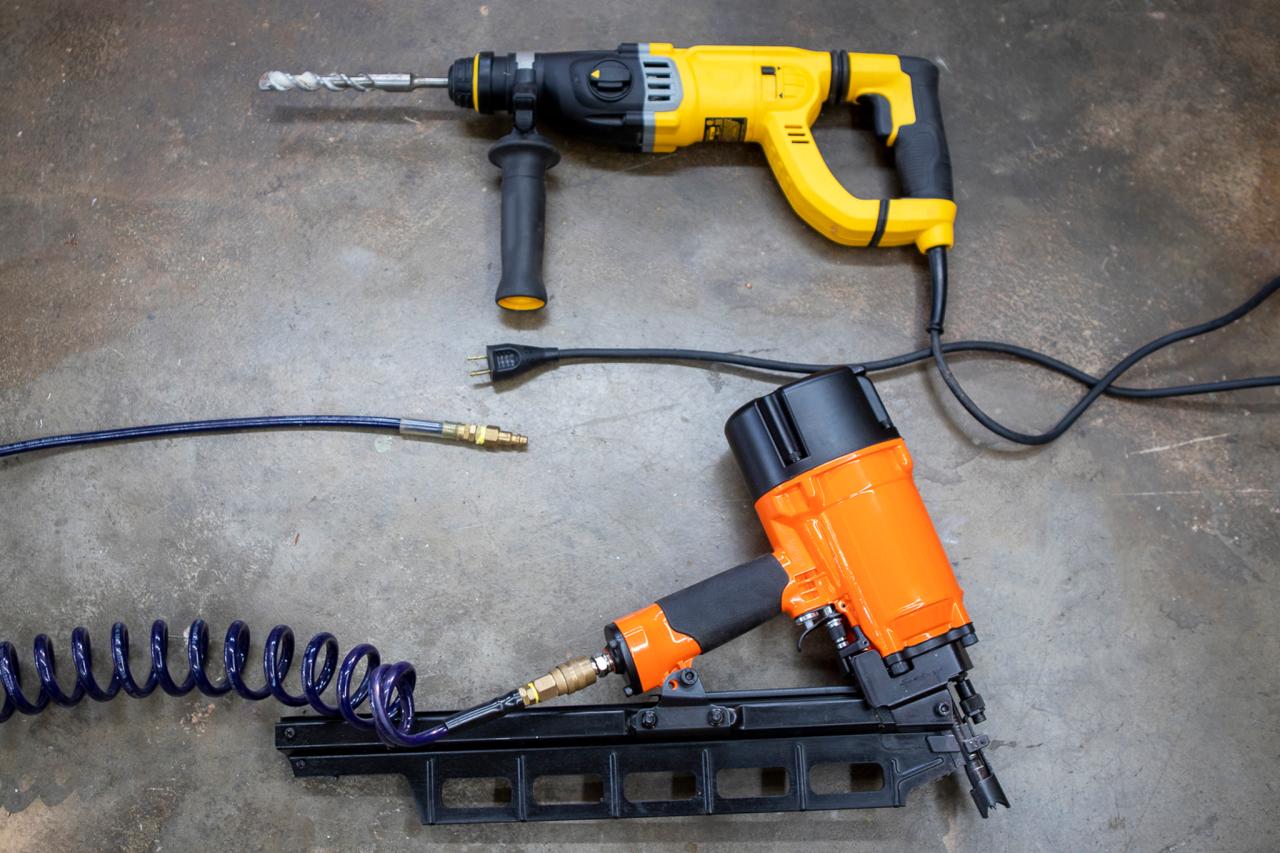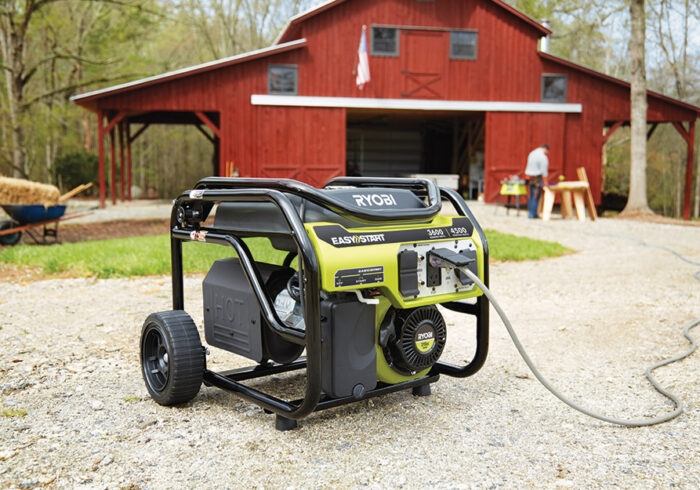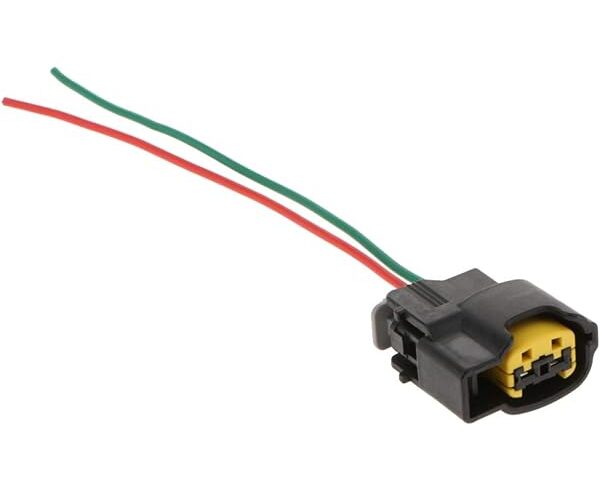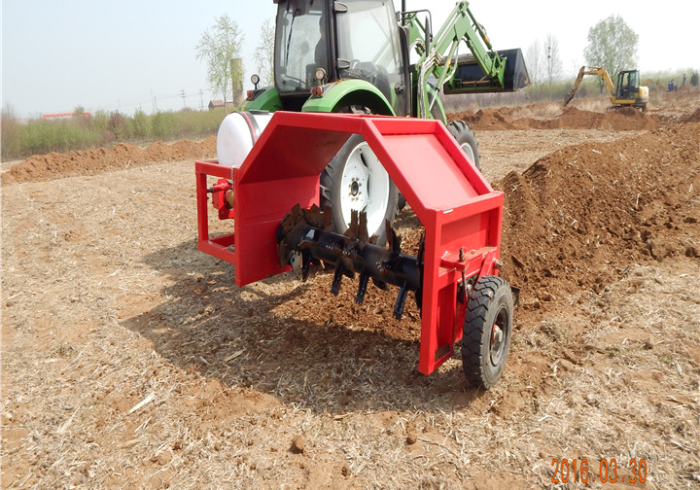What type of power tool do you choose when looking for quality industrial tools? Pneumatic, also called air tools or electric tools. The debate surrounding air and electric tool supremacy has been raging, and while both have pros and cons, one must be superior.
However, it should be noted that these power tools’ superiority depends on their applications. In other words, each power tool is best suited for a particular job, making it superior in that line of work. But to help you select the most appropriate tool for your work, let’s illustrate the key differences between pneumatic and electric tools.
Strength
One of the factors to consider when choosing between pneumatic and electric tools is the amount of force required to get your work done. For example, if you need to cut through steel or punch a hole in a brick wall, you will need a power tool with significant strength and torque to get the work done without bogging down under the heavy load.
In this case, pneumatic tools are your ultimate choice. They are strong and deliver immense torque when attached to a capable air compressor. They can also be adjusted to produce various strengths depending on the workload. As a result, they are highly preferred in automotive and machine shops for removing rusty bolts and lug nuts from tires.
Convenience
As stated earlier, each power tool has its pros and cons. For example, the less practical aspect of air tools is their mandatory air compressors. When handling a heavy load or extensive work, they can be hard to move around. They are also noisy and require electricity, making them inapplicable on remote job sites without power sources or generators. The advantage of pneumatic tools is that they are all compatible with the air compressor regardless of the brand.
On the other hand, electric tools are super quiet, portable, and easy to operate. However, each electric tool brand has a unique battery making it impossible to share power packs. You will also be forced to purchase a new electric tool if your current battery style gets out of the market.
Maintenance
Machine operators know that maintenance is a critical aspect of every machine, and while all power tools require maintenance, electric devices demand costly maintenance. Electric tools comprise numerous moving parts, including bearings, rotors, brushers, etc. All these internal parts require frequent maintenance to keep them working.
On the other hand, pneumatic tools only require draining and oiling the air compressors inside to prevent rust. As a result, they are durable and cheaper to maintain.
Cost
There is a lot to look into regarding power tools’ cost. First, they vary according to features, brands, and quality, respectively. However, pneumatic tools tend to be less expensive than their electric tools counterparts, especially when you already have an air compressor. Even when a pneumatic tool’s price exceeds that of an electric tool, the cost is covered in the long run due to the lower cost of operation, increased output, and the ability to use numerous air-powered tools on the same compressor. In the case of electric tools, however, they are expensive from purchase to maintenance.
Conclusion
The debate on which tools are superior will remain unconcluded because all tools are excellent in their line of work. The technological advances in electrical tools, such as reduced bulkiness, availability of batteries, and increased strength, make them almost as powerful as their air tools counterparts. If you’re looking for quality industrial tools, look no further than Suncoast Precision Tools. Visit suncoasttools.com for more information.
Air Tools vs. Electric Tools – Grainger KnowHow





